#St. Patrick
Explore tagged Tumblr posts
Text

#four leaf clover#shamrock#Irish#Ireland#green#luck#lucky#happy st patricks day#st. patrick#st patricks day#March#March 17th#clover
148 notes
·
View notes
Text
The Prince and Princess of Wales Attend St. Patrick's Day Parade at Mons Barracks on March 17, 2023 in Aldershot, England
#kate middleton#princess of wales#princess catherine#royal#duchess of cambridge#british royal family#legs#st. patrick
24 notes
·
View notes
Text
St. Patrick

There are two St. Patrick’s.
There’s the corned beef and cabbage, Irish-themed everything, drunken green nonsense version.
And then there’s the other one. The one who was kidnapped and sold as a slave into Ireland. After 6 years of slavery, he escaped.
When he later became a priest, he returned to Ireland. As a missionary. Beginning his ministry in the very place where he had labored as a slave.
This year I ended up spending some time with the other one.
Not because I have anything against drunken green nonsense. But because I was doing a little cleaning up and throwing out. And I found the box that my favorite rosary came in.
It’s a very Irish rosary. Each bead is a squarish piece of green Connemara marble. With a silver-plated chain.
One of the beads is long gone. Much of the silver has worn off. It’s well-loved and well-worn.
In the bottom of that very Irish box was a holy card. With a prayer, the Lorica. St. Patrick’s Breastplate.
It’s a long prayer. Here’s the part I keep coming back to. The part that hits home.
“Christ be with me, Christ before me, Christ behind me,
Christ within me, Christ beneath me, Christ above me,
Christ on my right, Christ on my left,
Christ where I lie, Christ where I sit, Christ where I arise,
Christ in the heart of everyone who thinks of me,
Christ in the mouth of everyone who speaks of me,
Christ in every eye that sees me, Christ in every ear that hears me.”
It’s a prayer that reveals the heart of someone who didn’t give up on anyone. Even those who had done their worst to him.
It’s the prayer of someone who loved like Christ.
I think I need to spend more time with this Patrick.
Today’s Readings
21 notes
·
View notes
Text
A prayer by St Patrick
Christ with me, Christ before me, Christ behind me, Christ in me, Christ beneath me, Christ above me, Christ on my right, Christ on my left, Christ when I lie down, Christ when I sit down, Christ when I arise, Christ in the heart of every man who thinks of me, Christ in the mouth of everyone who speaks of me, Christ in every eye that sees me, Christ in every ear that hears me. In Jesus' name, Amen.
#god is kind#jesus christ#faith in jesus#jesus#jesus is coming#faith in god#god#christian faith#god is real#christian blog#christian living#holy spirit#holy ghost#believe in jesus#jesus is life#St. Patrick#prayers#pray#godisgood#god loves you#jesussaves#lord jesus christ#belief in god#godbless#bible quote#bibleverse#glorify#christian quotes
50 notes
·
View notes
Text

Happy St. Patrick’s Day 💚🎉 this is a photo I took during my Máméan pilgrimage hike last summer, one of the best days of my life and a very important moment in my conversion story.
#my priest said mass up here#and it changed my life#May 29th 2024#St. Patrick’s Day#St. Patrick#Christianity#Catholic#Catholicism#Ireland
9 notes
·
View notes
Text
"...Towards the pagan people too among whom I live, I have lived in good faith, and will continue to do so. God knows that I have not been devious with even one of them, nor do I think of doing so, for the sake of God and his church. I would not want to arouse persecution of them and of all of us; nor would I want that the Lord’s name should be blasphemed on account of me..."
-St. Patrick's Confessio
9 notes
·
View notes
Text


EIRE / IRELAND / IRLANDIA - postcards for St. Patrick's Day.
#Irlandia#Ireland#Eire#pocztówka#St. Patrick#St. Patrick's day#post card#litografia#kartka#litho#castle
57 notes
·
View notes
Photo

8 notes
·
View notes
Text

St. Patrick of Ireland
10 notes
·
View notes
Text











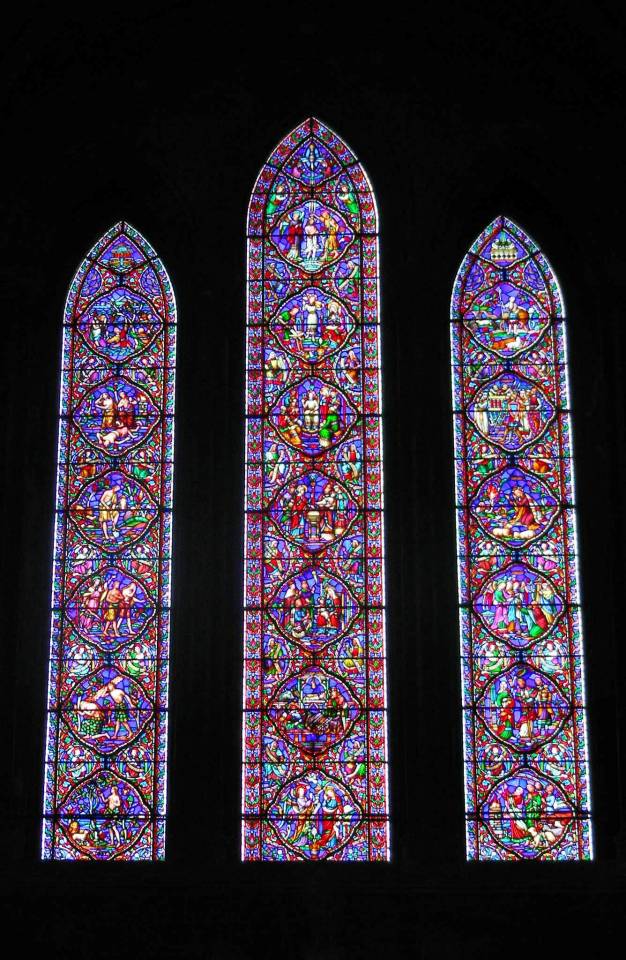
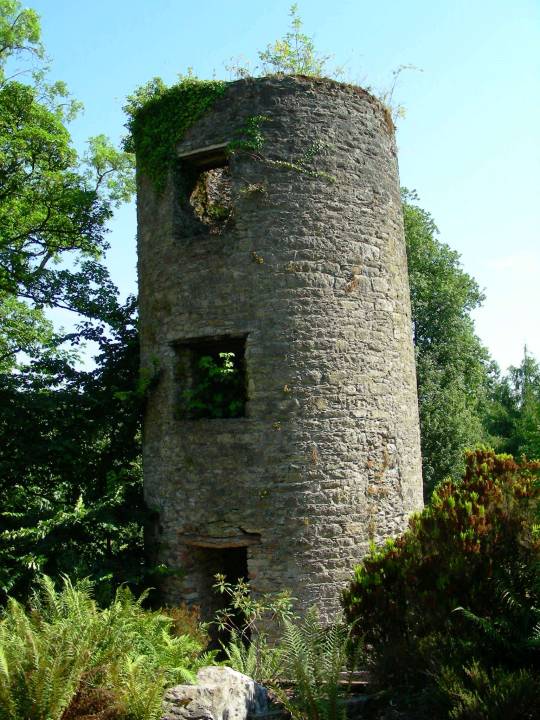
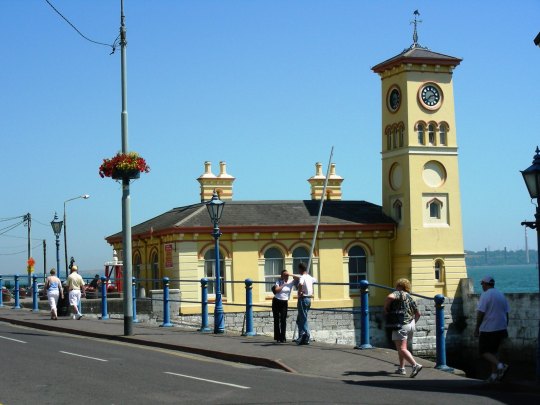

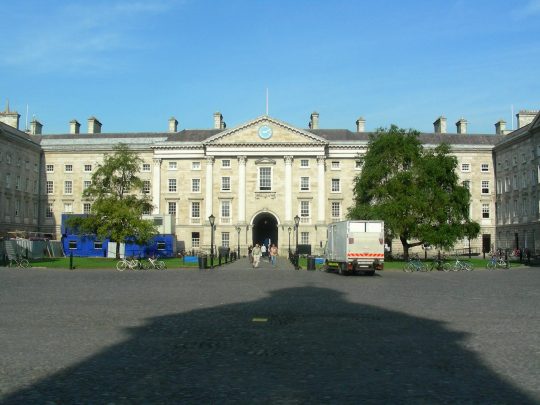




Saint Patrick returned to Ireland as a missionary bishop on April 5, 456.
#Cathedral Basilica of St. Augustine#St Colman's Cathedral#Cobh#Cork#USA#Blarney Castle#Trinity College#Irish Sea#sunset#Liffey River#Dublin#Muir Cheilteach#Ireland#landscape#seascape#countryside#Saint Patrick#St. Patrick#summer 2006#original photography#returned#5 April 456#anniversary#Irish history#architecture#cityscape#tourist attraction#landmark#travel#vacation
44 notes
·
View notes
Text
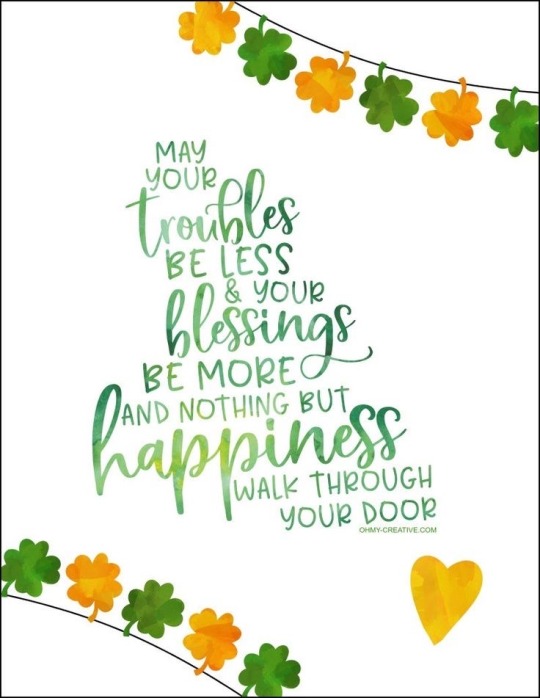
#st. patrick#st. patricks day#happy st patricks day#st. patrick’s day quote#Irish quote#irish blessing#shamrocks#luck#lucky#happiness#Irish wishes#Ireland#Irish
53 notes
·
View notes
Text
SAINT OF THE DAY (March 17)

On March 17, Catholics celebrate St. Patrick, the fifth-century bishop and patron of Ireland, whose life of holiness set the example for many of the Church's future saints.
St. Patrick is said to have been born around 389 AD in Britain.
Captured by Irish raiders when he was about 16, St. Patrick was taken as a slave to Ireland where he lived for six years as a shepherd before escaping and returning to his home.
At home, he studied the Christian faith at monastic settlements in Italy and in what is now modern-day France.
He was ordained a deacon by the Bishop of Auxerre in France around the year 418 AD and ordained a bishop in 432 AD.
It was around this time that he was assigned to minister to the small, Christian communities in Ireland who lacked a central authority and were isolated from one another.
When St. Patrick returned to Ireland, he was able to use his knowledge of Irish culture that he gained during his years of captivity.
Using the traditions and symbols of the Celtic people, he explained Christianity in a way that made sense to the Irish and was thus very successful in converting the natives.
The shamrock, which St. Patrick used to explain the Holy Trinity, is a symbol that has become synonymous with Irish Catholic culture.
Although St. Patrick's Day is widely known and celebrated every March the world over, various folklore and legend that surround the saint can make it difficult to determine fact from fiction.
Legends falsely cite him as the man who drove away snakes during his ministry despite the climate and location of Ireland, which have never allowed snakes to inhabit the area.
St. Patrick is most revered not for what he drove away from Ireland but for what he brought and the foundation he built for the generations of Christians who followed him.
Although not the first missionary to the country, he is widely regarded as the most successful.
The life of sacrifice, prayer and fasting has laid the foundation for the many saints that the small island was home to following his missionary work.
To this day, he continues to be revered as one of the most beloved Saints of Ireland.
In March 2011, the Irish bishops' conference marked their patron's feast by remembering him as “pioneer in an inhospitable climate.”
"As the Church in Ireland faces her own recent difficulties following clerical sex abuse scandals, comfort can be found in the plight of St. Patrick," the bishops said.
They quoted 'The Confession of St. Patrick,' which reads:
“May it never befall me to be separated by my God from his people whom he has won in this most remote land.
I pray God that he gives me perseverance and that he will deign that I should be a faithful witness for his sake right up to the time of my passing.”
5 notes
·
View notes
Text
Answer below the cut:
WELSH!
4 notes
·
View notes
Text



The beauty of quietness 🍃
#aesthetic#photography#architecture#wallpaper#landscape#classic#nature#usa#indiana#river#country#peaceful#home#park#st. patrick
16 notes
·
View notes
Text

Ste. Patrice, évêque d'Irelande (St. Patrick, Bishop of Ireland), March 17th, from "Les Images De Tous Les Saincts et Saintes de L'Année" (Images of All of the Saints and Religious Events of the Year)
Jacques Callot French Publisher Israël Henriet French 1636
"This print is part of a series comprised of a title page, frontispiece, and 122 plates. Each of these 122 plates contains four oval scenes depicting Saints and Religious Events for each day of the year. This etching was originally one of four oval scenes on a plate in the series."
Series/Portfolio: Les Images De Tous Les Saincts et Saintes de L'Année
Artist: Jacques Callot (French, Nancy 1592–1635 Nancy)
Publisher: Israël Henriet (French, Nancy ca. 1590–1661 Paris)
Date: 1636
Medium: Etching; second state of two (Lieure)
#St. Patrick#St. Patrick's Day#Ireland#Christianity#Catholic#Catholicism#Saints#religion#etching#17th century#1600s#1630s#1636#Jacques Callot#MET museum
4 notes
·
View notes
Text

14 notes
·
View notes